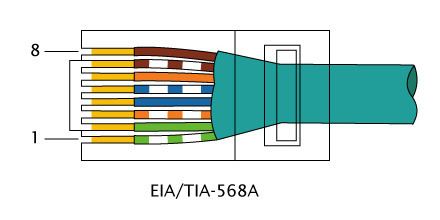 | ||
A crossover cable connects two devices of the same type, for example DTE-DTE or DCE-DCE, usually connected asymmetrically (DTE-DCE), by a modified cable called a crosslink. Such distinction of devices was introduced by IBM.
The crossing wires in a cable or in a connector adaptor allows:
Other technologies
Some connection standards use different balanced pairs to transmit data, so crossover cables for them have different configurations to swap the transmit and receive pairs:
References
Crossover cable Wikipedia(Text) CC BY-SA
